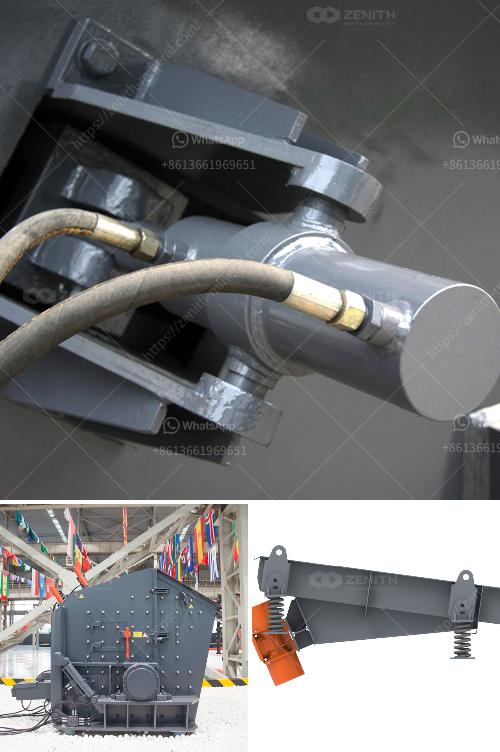Crushing coal in a power plant involves several key steps to ensure it is appropriately prepared for combustion:
Initial Screening: Before coal enters the crushing stage, it is often screened to remove impurities such as rocks and debris.
Primary Crushing: Large chunks of coal are fed into large jaw crushers or gyratory crushers to reduce them to a manageable size, typically around 6-8 inches.
Secondary Crushing: The coal from the primary crusher is further reduced in size using secondary crushers like impact crushers, hammer mills, or roll crushers, bringing the size down to approximately 2 inches or smaller.
Tertiary Crushing: For some power plants, coal may go through a tertiary crushing stage to achieve even finer particles, using cone crushers, high-pressure grinding rolls, or vertical shaft impact crushers.
Screening and Classification: The crushed coal is then screened to separate it into various size fractions, ensuring that only appropriately sized particles are sent to the boiler for combustion.
Storage and Transfer: The pulverized coal is typically stored in silos or bins and transferred to the boiler through conveyor belts or pneumatic systems.
Pulverization: Finally, before being burned in the boiler, coal is pulverized into a fine powder using ball mills, bowl mills, or other milling equipment. This enhances combustion efficiency by allowing for more complete and faster burning of coal particles.
Safety Considerations: It’s important to have proper dust control measures in place, as coal dust can be hazardous and potentially explosive.
Each step should be monitored and optimized to ensure efficiency and reduce wear on equipment. Regular maintenance is crucial to preventing breakdowns and ensuring consistent operation.
